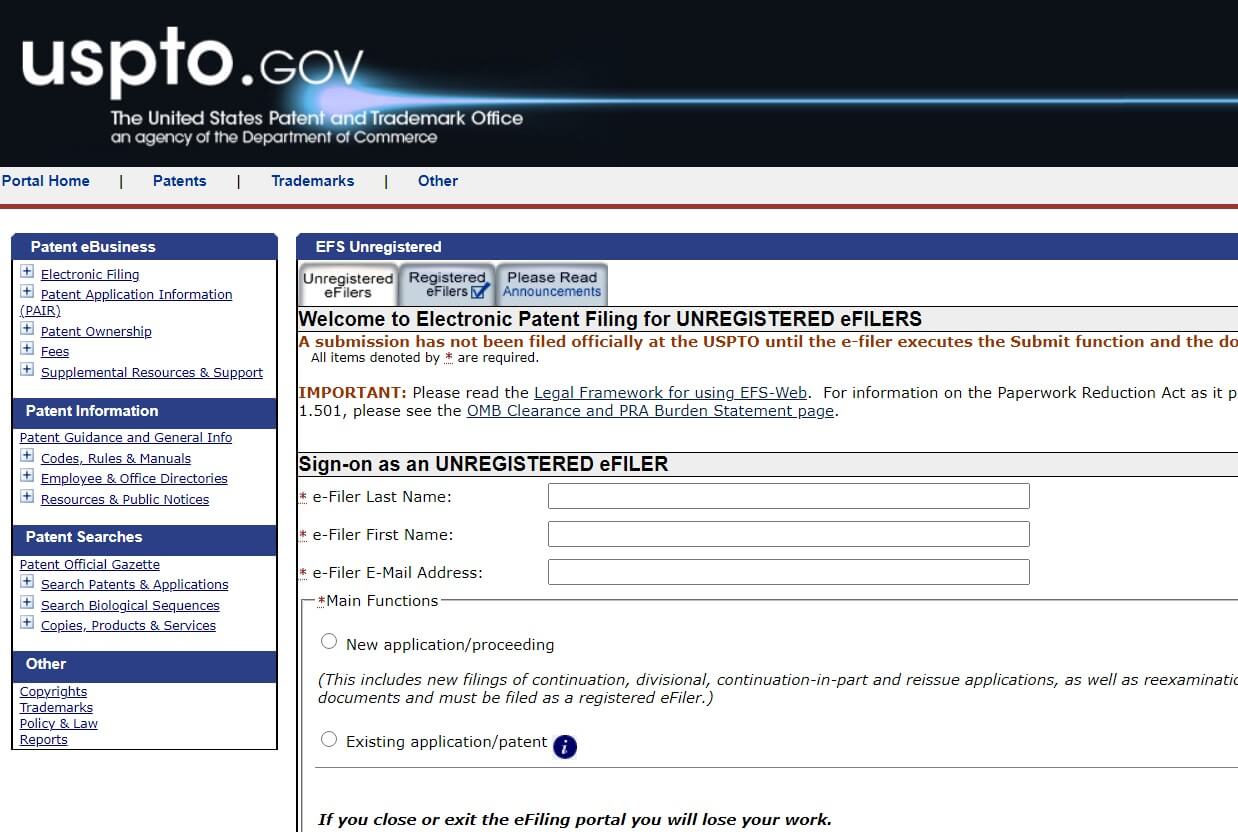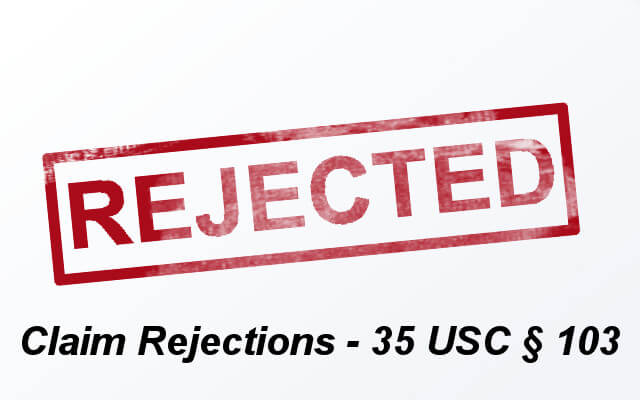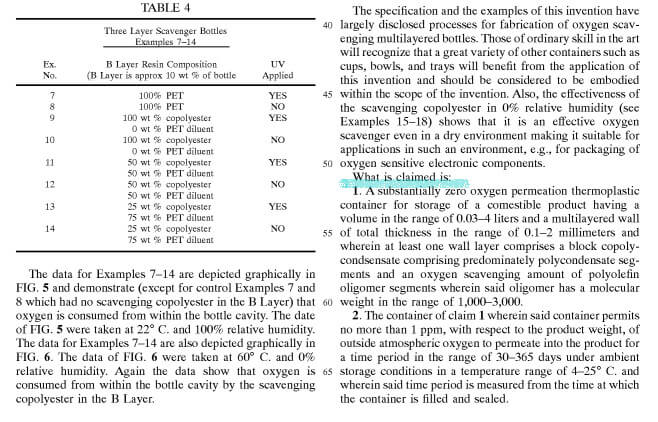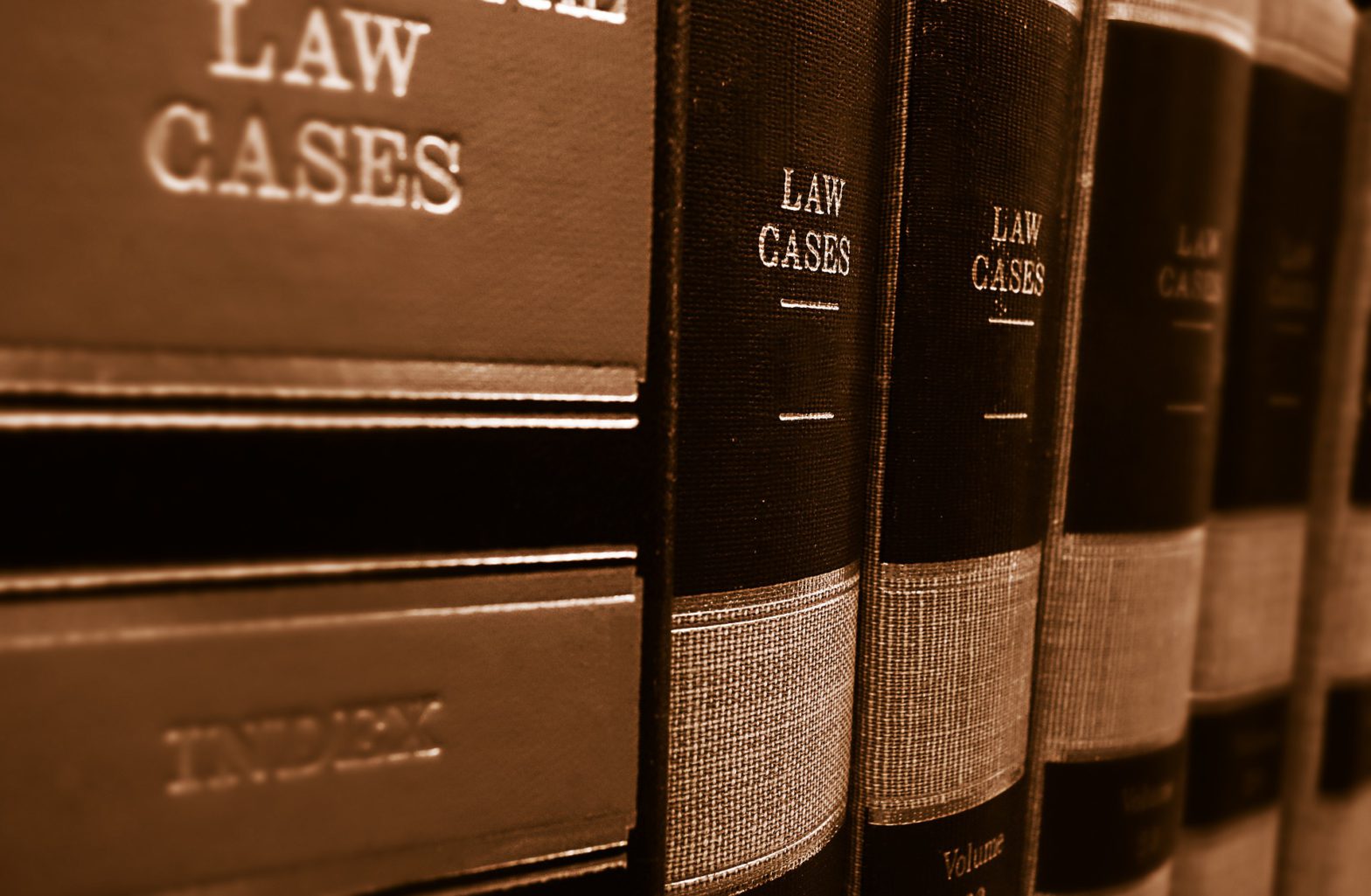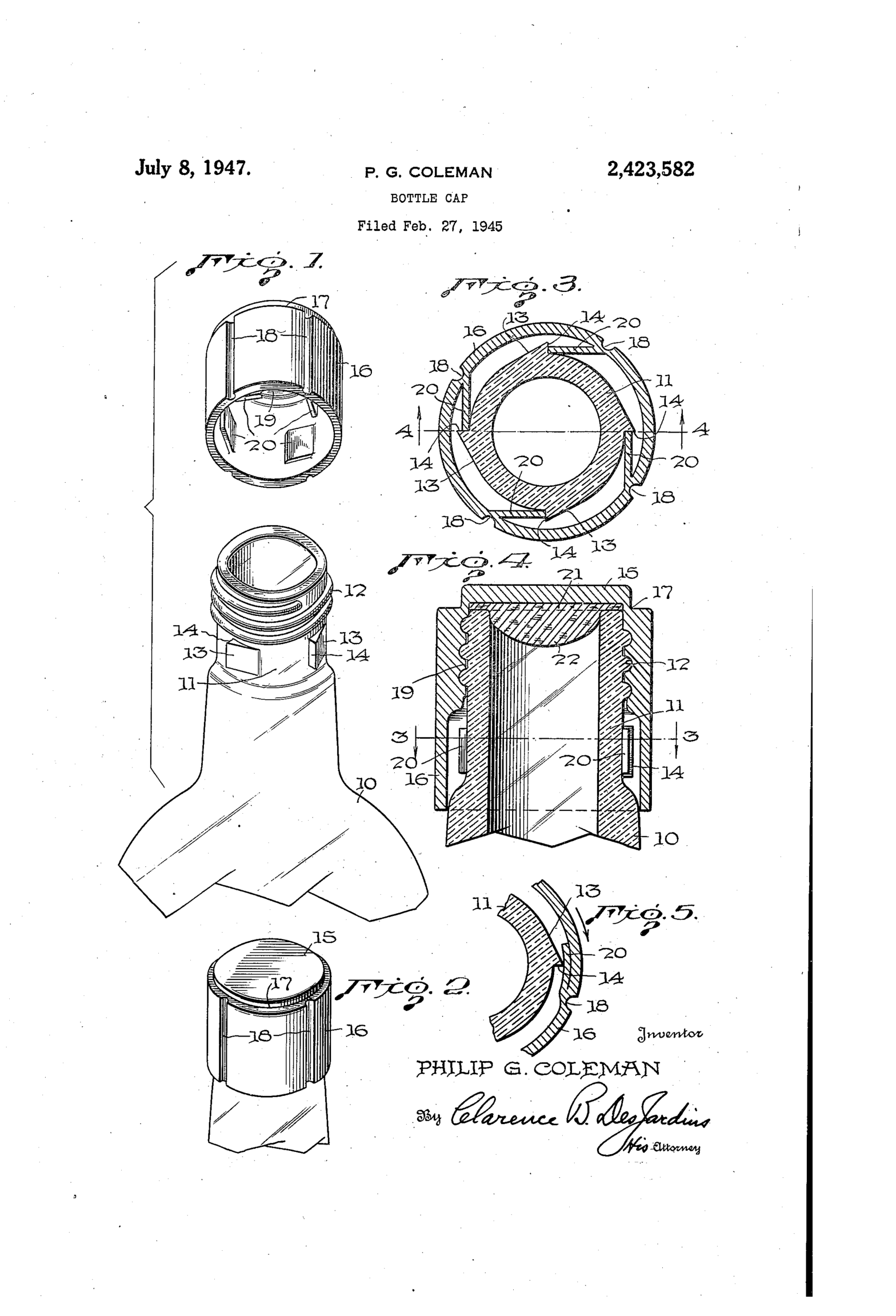When you ask, Can I get my product patented? The answer goes: it definitely is, but it might not worth it. Let me explain. Some people mistake a patent as a comprehensive protection for a certain idea or product. Well, a smartphone is said to be covered by 250,000 patents. It should tell you how… Continue reading Can I get it patented?
Category: Patent
Patent Protection and Limitations
Patent protects inventor’s exclusive right to an invention, but at the same time it aims to promote further advancement of the same technology. These are conflicting goals for which patent provides a comprehensive exclusivity that is also clearly defined. If you are considering patenting your invention, you should first understand the limitations which define the… Continue reading Patent Protection and Limitations
New Product Launch: How to Avoid Patent Lawsuit Threats
I help many clients who received cease and desist letters stating their products infringe some patent rights. By the time they come to me, it’s about ruling out frivolous claims, mitigating damages if not frivolous, and reducing costs related to settlement and litigation. What if you can avoid all those by doing these simple things… Continue reading New Product Launch: How to Avoid Patent Lawsuit Threats
How to File a Patent Yourself
You will hear many patent practitioners tell you against DIY if not all. And there are many good reasons. However, if you are in a situation where you simply cannot justify spending legal fees, you should be able to file an application yourself if you have enough time. First of all, what is patent? Patent… Continue reading How to File a Patent Yourself
Patent Obviousness Rejection Explained
Obviousness is a very common reason for rejection. A grant of patent without a single rejection is quite uncommon. One of the reason is that most applicants want to claim broadest possible for the greatest protection of law. Broadening the scope of claims. To maximize the scope of your claim, you don’t want to include unnecessary details in your claim.… Continue reading Patent Obviousness Rejection Explained
How to Write a Patent Application: Specification
Patent Specification in your application is the body of your application. Your patent claims will be read in the context of the specification. Therefore, the specification should include all the information necessary to figure out what you claimed in your patent claim(s). Roughly speaking, it should be an all-inclusive manual for your invention. It’s part of the deal you’re making with the… Continue reading How to Write a Patent Application: Specification
How to Write a Patent Application: Claims
Patent claim in your application defines your invention. And it will determine the scope of your legal rights. In other words, it will tell the others what can be done and cannot be done without infringing your patent right. Read the claims written by professionals. By the time you start drafting your application, you probably read at least a number… Continue reading How to Write a Patent Application: Claims
Why getting patent so expensive?
It doesn’t have to be so expensive. It’s just that the law firms, boutiques, or their likes practicing patent law are focused on serving bigger mostly corporate clients rather than individual inventors. When it comes to an invention which is more about an idea and less about technology, you don’t need PhDs spending hours reviewing… Continue reading Why getting patent so expensive?
Utility vs. Design Patent
Actually there are more than one type of patent. There’s utility patent, which is basically what you think patent is. And there’s design patent, which is somewhat unpopular but got the attention when Apple sued Samsung for infringing its design patent. These two types likely cover all your needs. If you want to protect the… Continue reading Utility vs. Design Patent
What can be patented?
You found nothing like yours in your Google Patents search, and you might feel ready to patent your new idea. It’s not that simple. First, your invention should be new in a sense that people don’t know it yet. Even if nobody really patented an idea, the idea might be known to many as a… Continue reading What can be patented?



